Home>Maintenance & Safety>Child & Elderly Safety at Home>When Can Babies Use A High Chair?
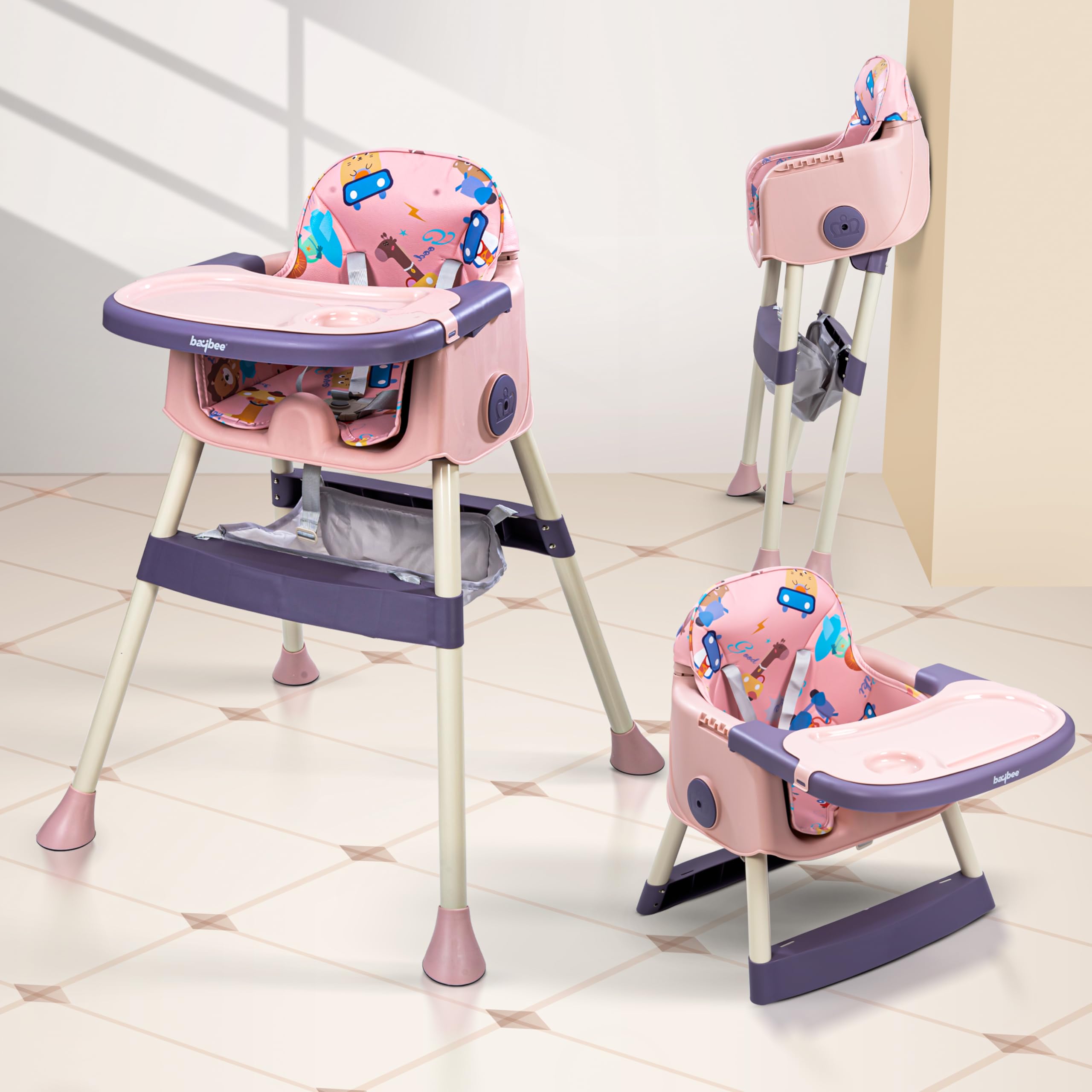

Child & Elderly Safety at Home
When Can Babies Use A High Chair?
Modified: February 18, 2024
Find out when it's safe for babies to use a high chair and ensure child and elderly safety at home. Learn about the best practices for introducing high chairs to your little one.
(Many of the links in this article redirect to a specific reviewed product. Your purchase of these products through affiliate links helps to generate commission for Storables.com, at no extra cost. Learn more)
Introduction
Introducing your baby to a high chair is a significant milestone in their development. It marks the beginning of a new stage where they can actively participate in family meals and interact with their surroundings from an elevated position. As a parent or caregiver, ensuring that this transition is smooth and safe is paramount. This article will guide you through the process of determining when your baby is ready for a high chair, the safety considerations involved, and tips for a seamless introduction.
The decision to introduce a high chair to your baby's feeding routine is influenced by various factors, including their physical development, feeding habits, and overall readiness for this transition. Understanding these factors and being attentive to your baby's cues is crucial in making this decision. Moreover, prioritizing safety and comfort during this transition is essential for creating a positive experience for both you and your baby.
In the following sections, we will explore the signs that indicate your baby is ready for a high chair, the safety considerations to keep in mind when using a high chair, and practical tips for introducing your baby to this new and exciting piece of furniture. By the end of this article, you will have a comprehensive understanding of how to navigate this important phase in your baby's development, ensuring a safe and enjoyable experience for everyone involved.
Key Takeaways:
- “When Can Babies Use a High Chair?”
Babies are ready for a high chair when they can sit up on their own, show interest in solid foods, and have improved hand-eye coordination. Safety and comfort are essential for a smooth transition. - “When Can Babies Use a High Chair?”
Introducing a high chair to your baby requires patience, gradual exposure, interactive play, and positive reinforcement. It’s a milestone that fosters family bonding and togetherness during meal times.
Read more: When Do Babies Need A High Chair
Signs that Your Baby is Ready for a High Chair
As a parent or caregiver, recognizing the signs that indicate your baby is ready for a high chair is crucial in ensuring a smooth and safe transition to this new feeding setup. While every baby develops at their own pace, there are several key indicators that can help you determine when the time is right to introduce a high chair into your baby's routine.
Physical Development
One of the primary signs that your baby is ready for a high chair is their physical development. Typically, babies are ready to use a high chair when they can sit up independently and maintain good head control. This milestone is usually reached around the age of 6 to 8 months. By being able to sit upright without support, your baby can safely and comfortably sit in a high chair during meal times, allowing them to actively participate in family dining experiences.
Increased Interest in Solid Foods
Another sign that your baby is ready for a high chair is their growing interest in solid foods. As babies transition from exclusive milk or formula feeding to incorporating solid foods into their diet, they become more engaged during meal times. They may show eagerness to explore different textures and flavors, indicating their readiness to join the family at the dining table. Introducing a high chair at this stage can provide them with a designated space for enjoying meals and snacks, fostering a sense of independence and curiosity about food.
Improved Hand-Eye Coordination
When your baby begins to demonstrate improved hand-eye coordination and motor skills, it may be a sign that they are ready for a high chair. This development allows them to grasp and self-feed finger foods, promoting self-sufficiency during meal times. By sitting in a high chair, they can practice these newfound skills in a secure and supportive environment, enhancing their confidence and autonomy.
Read more: When Do Babies Sit In A High Chair?
Engagement During Meal Times
Observing your baby's behavior during family meals can also provide valuable insights into their readiness for a high chair. If your baby displays interest in observing and interacting with family members during meal times, they may be ready to join the table in their own high chair. This engagement indicates their desire to be part of the dining experience, fostering social interaction and bonding with the family.
By recognizing these signs and milestones in your baby's development, you can make an informed decision about introducing a high chair into their daily routine. Prioritizing your baby's readiness and comfort is essential in ensuring a positive and enjoyable transition to using a high chair for meals and snacks.
Safety Considerations for Using a High Chair
Ensuring the safety of your baby during meal times is paramount when introducing a high chair into your home. By prioritizing safety considerations, you can create a secure and comfortable environment for your baby to explore new foods and participate in family meals. Here are essential safety guidelines to keep in mind when using a high chair:
Sturdy Construction and Stability
When selecting a high chair for your baby, opt for a model with a sturdy and stable construction. The chair should have a wide base and secure locking mechanisms to prevent tipping or sliding. Additionally, check for any sharp edges or protruding parts that could pose a risk to your baby. Regularly inspect the high chair for any signs of wear and tear, and ensure that it remains structurally sound over time.
Secure Restraint System
A reliable and adjustable restraint system is a crucial safety feature in a high chair. This harness or safety belt helps keep your baby securely in place during meal times, reducing the risk of falls or injuries. Always fasten the restraint system according to the manufacturer's guidelines, ensuring a snug and comfortable fit for your baby without restricting their movements or causing discomfort.
Read more: When Can A Baby Use A Bathtub?
Proper Positioning
Position the high chair away from potential hazards, such as table edges, countertops, or appliances. Ensure that the chair is placed on a flat and even surface to prevent tipping. Avoid positioning the high chair near stairs, doorways, or other high-traffic areas to minimize the risk of accidents. Additionally, verify that the high chair is at an appropriate distance from the dining table to prevent your baby from reaching for objects or coming into contact with hot dishes or utensils.
Supervision and Monitoring
Always supervise your baby when they are seated in the high chair, especially during meal times. Stay within arm's reach to quickly respond to any needs or potential safety concerns. Regularly monitor your baby's movements and behavior to ensure their comfort and well-being while seated in the high chair. By maintaining close supervision, you can promptly address any issues and create a secure dining environment for your baby.
Cleaning and Maintenance
Maintaining a clean and hygienic high chair is essential for your baby's safety and well-being. Follow the manufacturer's guidelines for cleaning and sanitizing the high chair, paying particular attention to food tray, seat, and harness. Regularly inspect the chair for any loose parts, sharp edges, or potential choking hazards. By keeping the high chair clean and well-maintained, you can minimize the risk of contamination and ensure a safe dining space for your baby.
By adhering to these safety considerations, you can create a secure and nurturing environment for your baby to enjoy meals and snacks in their high chair. Prioritizing safety measures and maintaining vigilance during meal times contribute to a positive and worry-free dining experience for both you and your baby.
Tips for Introducing Your Baby to a High Chair
Introducing your baby to a high chair is an exciting milestone that marks their growing independence and participation in family meals. Making this transition smooth and enjoyable is essential for fostering positive associations with meal times and creating a comfortable dining experience for your baby. Here are practical tips for introducing your baby to a high chair:
1. Gradual Introduction
Ease your baby into the high chair experience by introducing it gradually. Start by placing the high chair near the dining table during meal times while allowing your baby to remain in their familiar feeding environment. This gradual exposure helps them become accustomed to the presence of the high chair and its association with meal times.
2. Interactive Play
Encourage interactive play around the high chair to create a positive association with this new piece of furniture. Engage your baby in playful interactions while they are seated in the high chair, such as singing songs, making eye contact, and offering toys or safe objects to hold. This approach helps them view the high chair as a welcoming and enjoyable space.
3. Short Sessions
Initially, keep the duration of high chair sessions short to prevent your baby from feeling overwhelmed. Begin with brief periods of time in the high chair, gradually increasing the duration as they become more comfortable. This approach allows your baby to acclimate to the new setting at their own pace, reducing any potential resistance or discomfort.
4. Positive Reinforcement
Use positive reinforcement to create a supportive and encouraging atmosphere around the high chair. Offer verbal praise, smiles, and gentle encouragement as your baby sits in the high chair, reinforcing their confidence and sense of accomplishment. Celebrate their milestones and achievements during meal times, fostering a positive and nurturing environment.
Read more: When Should A Child Stop Using A High Chair?
5. Familiar Surroundings
Maintain a familiar and consistent feeding routine when introducing your baby to the high chair. Use familiar feeding utensils, bowls, and cups to create a sense of continuity and comfort. By incorporating familiar elements into the high chair experience, you can help your baby feel at ease and secure during meal times.
6. Family Bonding
Emphasize the importance of family bonding during meal times in the high chair. Encourage family members to interact with your baby while they are seated, fostering a sense of togetherness and social engagement. This inclusive approach allows your baby to feel connected and involved in the family dining experience.
7. Patience and Flexibility
Exercise patience and flexibility as your baby adjusts to the high chair. Understand that it may take time for them to fully embrace this new routine, and be accommodating of their individual pace. By demonstrating patience and flexibility, you create a supportive and nurturing environment that promotes a positive high chair experience for your baby.
By implementing these tips, you can facilitate a smooth and enjoyable introduction of your baby to the high chair, laying the foundation for a positive and rewarding dining experience for the entire family.
Conclusion
In conclusion, the transition to using a high chair is a significant milestone in your baby's development, marking their growing independence and participation in family meals. By recognizing the signs that indicate your baby is ready for a high chair, prioritizing safety considerations, and implementing practical tips for a seamless introduction, you can ensure a positive and enjoyable experience for both you and your baby.
Understanding your baby's physical development, increased interest in solid foods, improved hand-eye coordination, and engagement during meal times provides valuable insights into their readiness for a high chair. By observing these signs and milestones, you can make an informed decision about introducing a high chair into their daily routine, fostering a sense of independence and curiosity about food.
Safety considerations play a crucial role in creating a secure and nurturing environment for your baby during meal times. Prioritizing a sturdy and stable construction, a reliable restraint system, proper positioning, supervision, and maintenance contributes to a worry-free dining experience. By adhering to these safety guidelines, you can minimize potential risks and ensure that your baby can explore new foods and participate in family meals comfortably and securely.
Introducing your baby to a high chair requires patience, gradual exposure, interactive play, positive reinforcement, and a focus on family bonding. By implementing these practical tips, you can facilitate a smooth and enjoyable transition, fostering positive associations with meal times and creating a comfortable dining experience for your baby.
Ultimately, the introduction of a high chair symbolizes your baby's growing presence at the family table, fostering social interaction, bonding, and a sense of togetherness during meal times. By prioritizing your baby's readiness, safety, and comfort, you can navigate this important phase in their development with confidence and create lasting, positive memories around family meals.
In embracing this milestone, you are not only providing your baby with a designated space for enjoying meals and snacks but also fostering a sense of inclusion and togetherness within the family. As your baby continues to grow and explore the world around them, the high chair serves as a tangible symbol of their evolving independence and active participation in family life.
Frequently Asked Questions about When Can Babies Use A High Chair?
Was this page helpful?
At Storables.com, we guarantee accurate and reliable information. Our content, validated by Expert Board Contributors, is crafted following stringent Editorial Policies. We're committed to providing you with well-researched, expert-backed insights for all your informational needs.
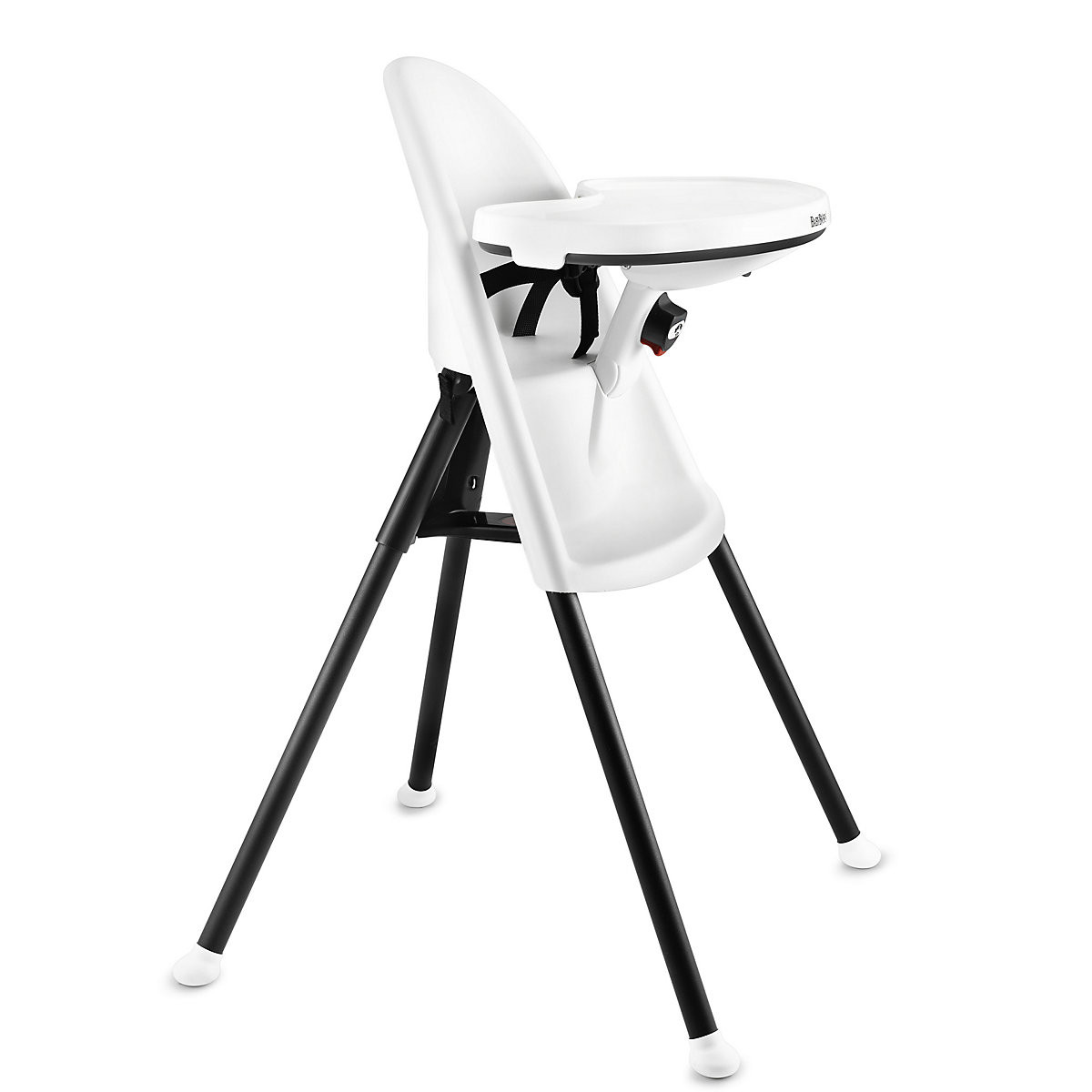
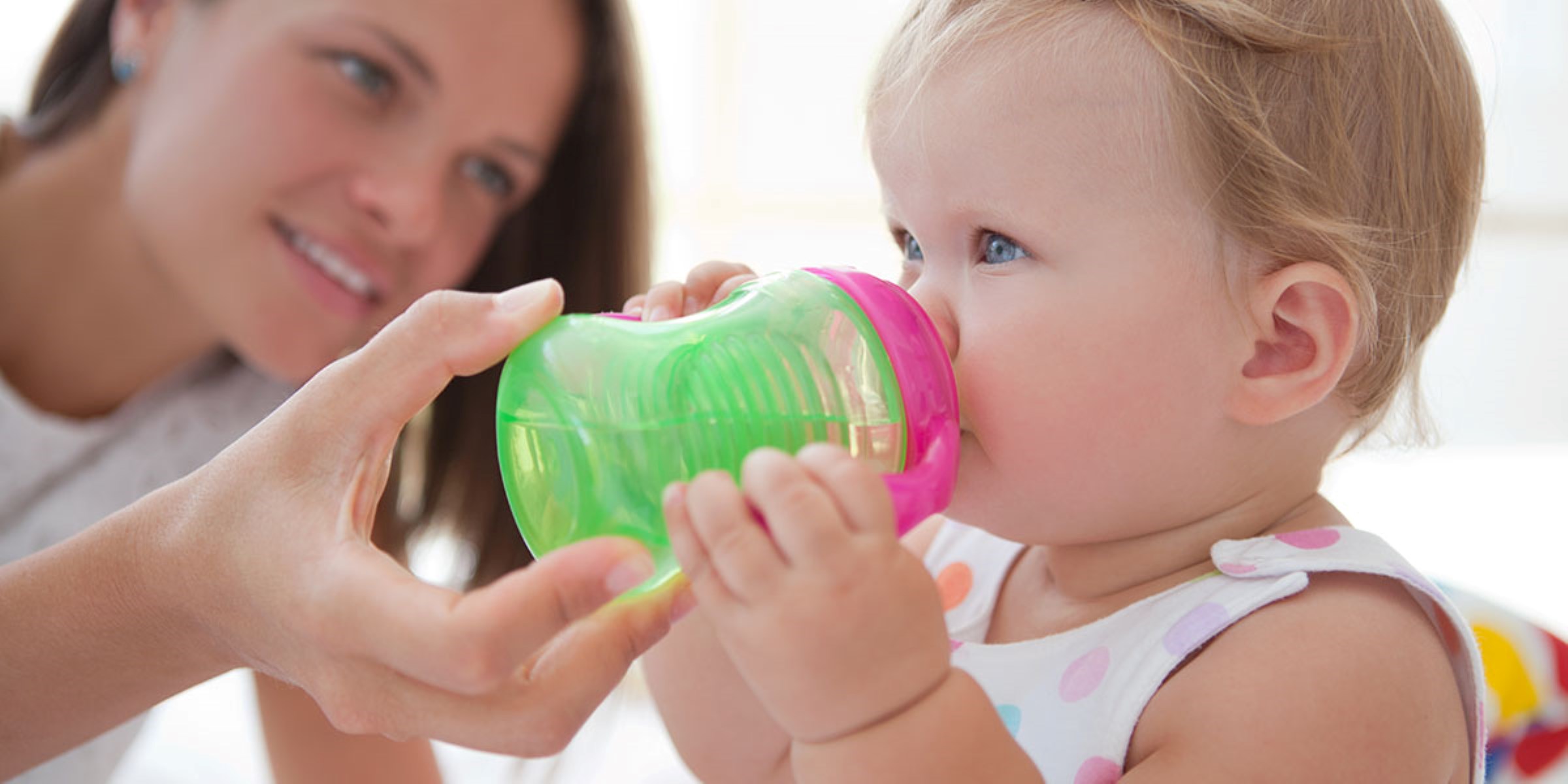
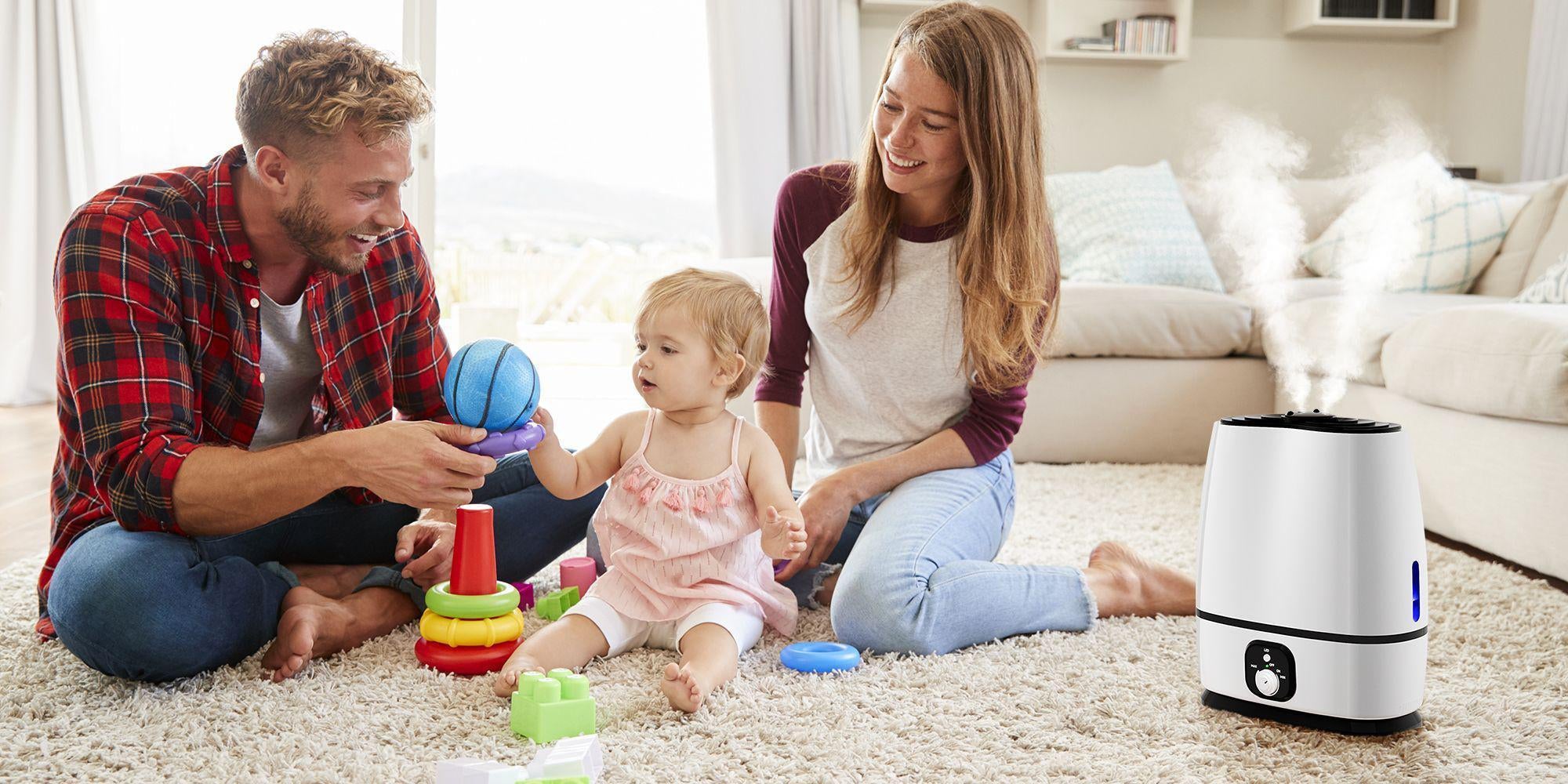
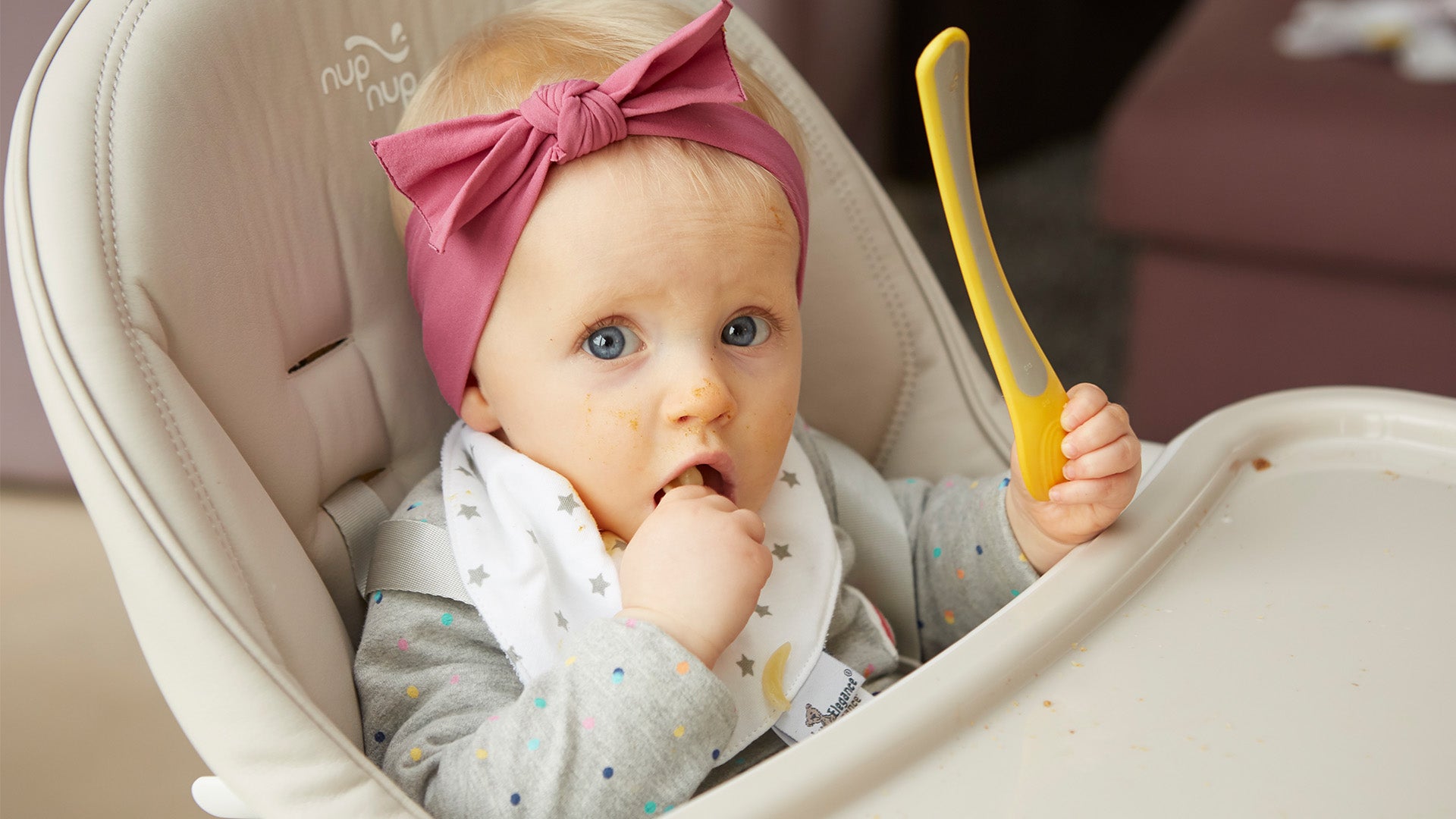
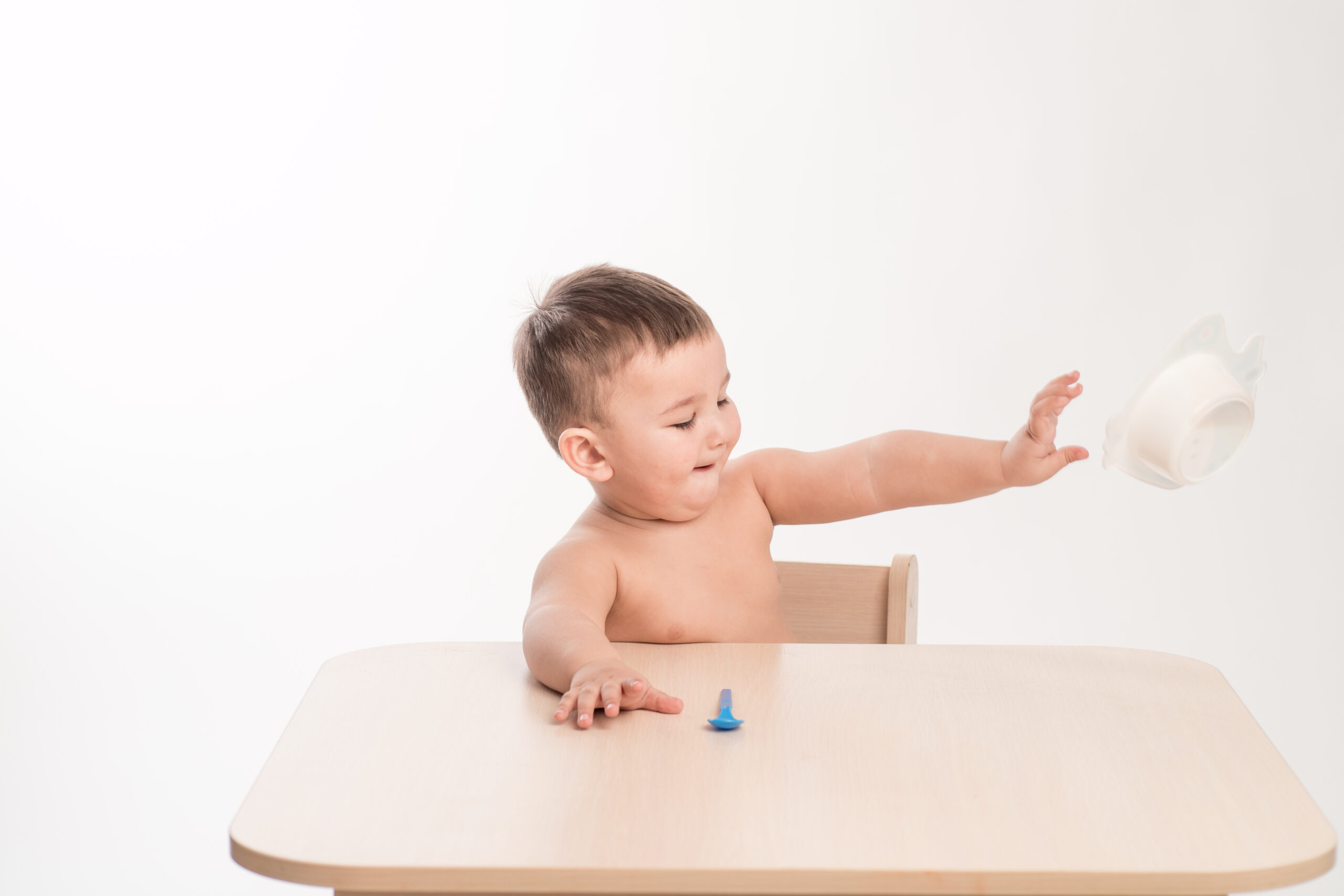




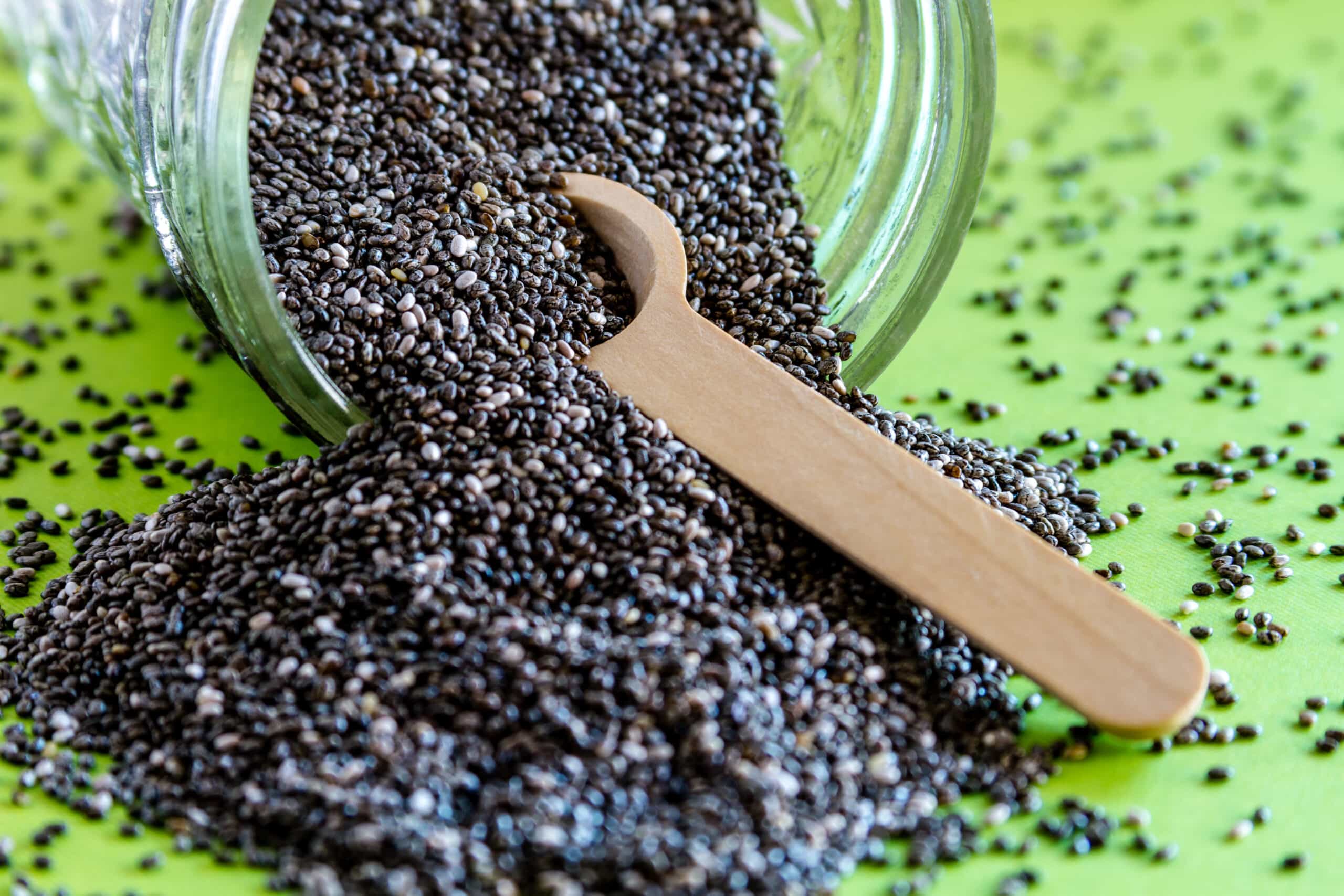
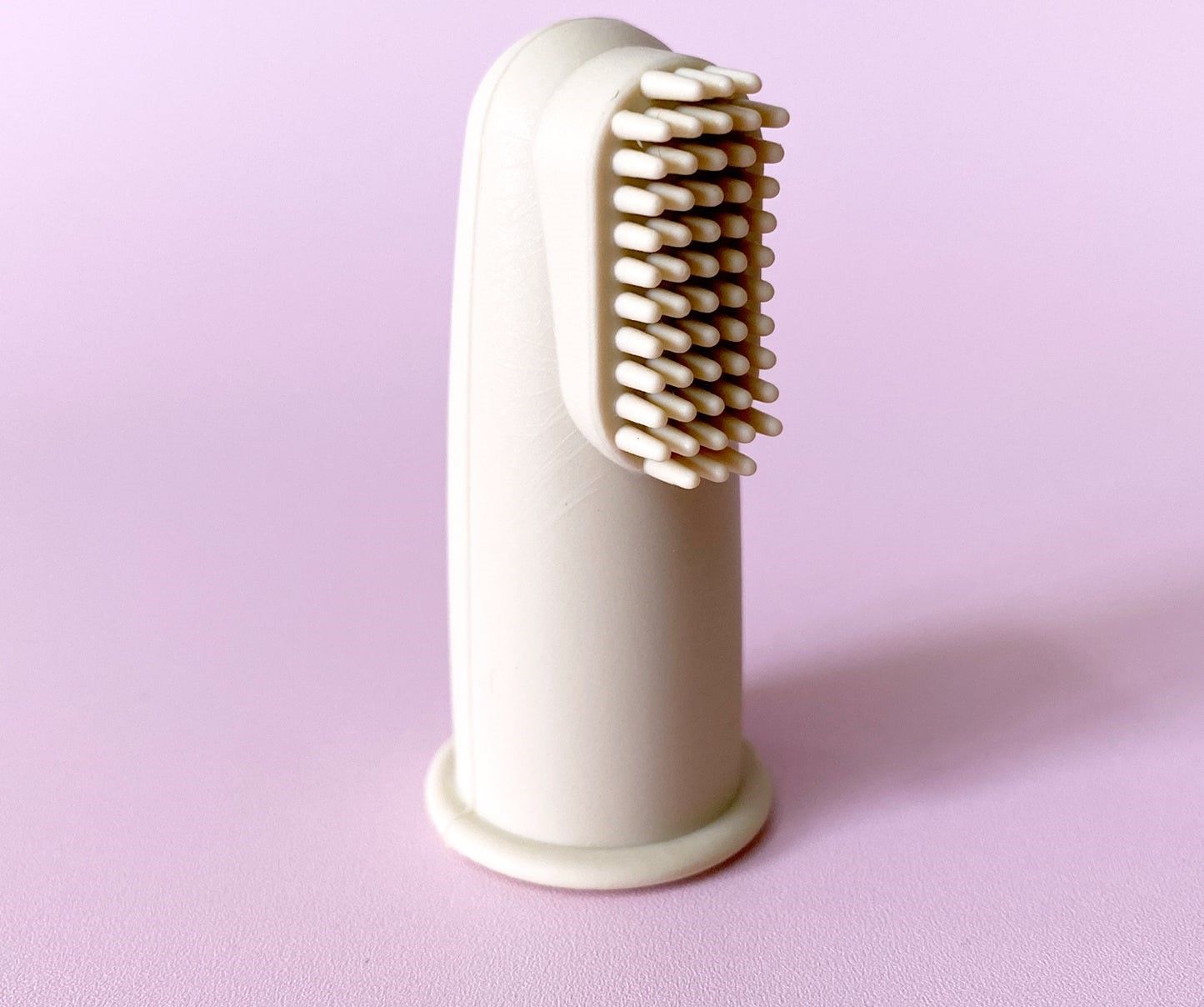

0 thoughts on “When Can Babies Use A High Chair?”